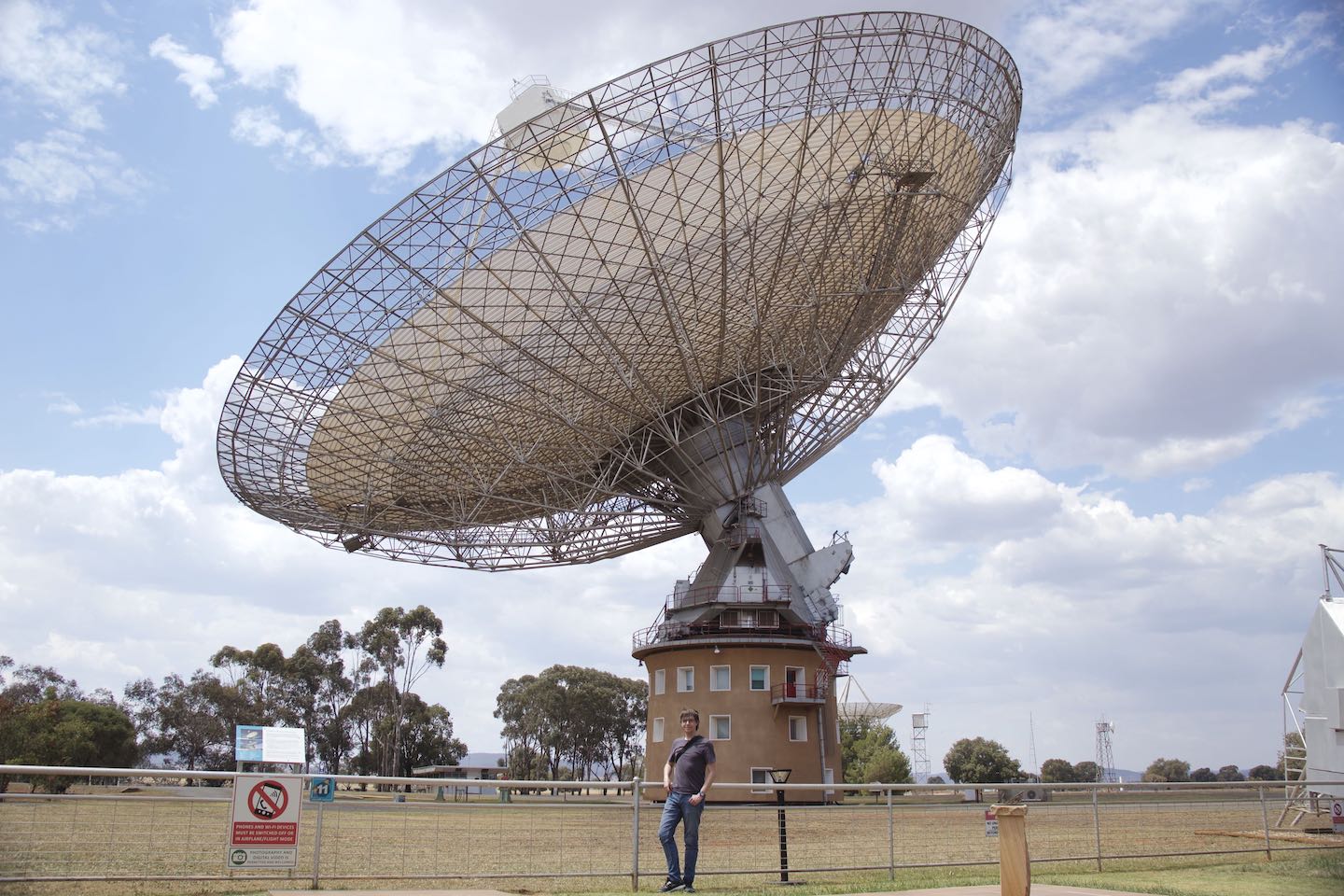I'm Marcus Lower, an Australian/Canadian astrophysicist.
Currently, I am based at Swinburne University's Centre for Astrophysics and Supercomputing.
My research focuses on studying the properties of pulsars, rotating neutron stars that emit beams of electromagnetic radiation from their magnetic poles. In particular, I make use of Bayesian inference and pulsar timing techniques to model the properties of pulsars observed by radio telescopes. These include observations taken by the MeerKAT telescope, an SKA pathfinder located in South Africa, the Parkes radio telescope (AKA "The Dish"), and the upgraded Molonglo Observatory Synthesis Telescope (UTMOST).
Recently I was awarded a prestigious Discovery Early Career Research Award (DECRA) from the Australian Research Council to understand the links between puslars, their ultra-magnetised cousins called magnetars, and powerful explosions of radio light that can be seen from half-way across the Universe.
I previously completed my PhD at Swinburne and the CSIRO's Space and Astronomy division under the supervision of Prof Matthew Bailes, Dr Ryan Shannon and Dr Simon Johnston. The focus of my thesis was on improving our understanding of the magnetospheric and rotational properties of radio pulsars. Prior to then, I completed a Bachelor of Science degree at Monash University, graduating with first class honours in astrophysics and applied mathematics. My honours thesis focused on detecting the signature of orbital eccentricity during the inspiral of binary black holes seen by a future, fully upgraded LIGO. Significant eccentricity is a potential signature of dynamical binary black hole formation in dense stellar evironments such as globular clusters or galactic nuclei.

Me at the Parkes radio telescope in October 2019. Photo credit: Laura Sizer.